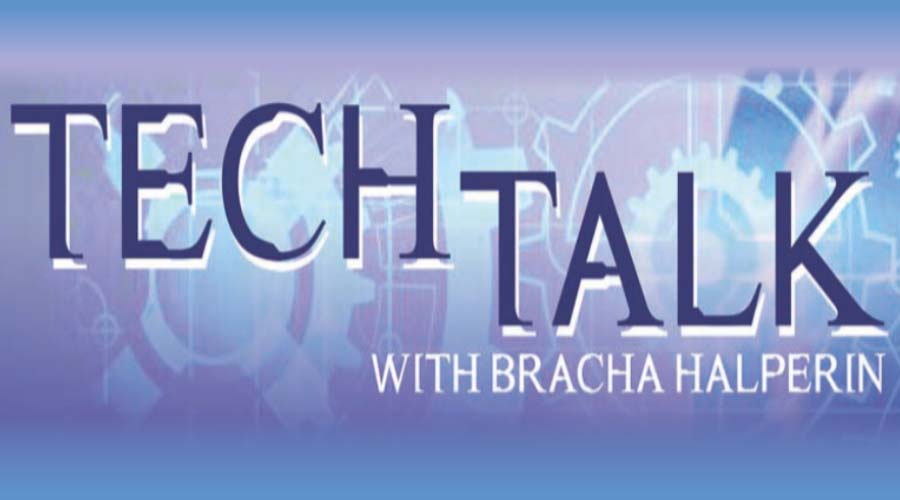A new generation of mHealth technologies is expected to soon flood the market – but, unlike in the past, many of these new apps and devices are designed to help the chronically ill (as opposed to the healthy) among us.
The new technologies enable patients to be monitored even outside conventional clinical settings. Exciting? Absolutely. The potential of remote patient monitoring platforms is huge.
‘);
_avp.push({ tagid: article_top_ad_tagid, alias: ‘/’, type: ‘banner’, zid: ThisAdID, pid: 16, onscroll: 0 });
But can they really improve care? That’s something researchers at Emory University are trying to find out. They’ve launched a remote patient monitoring study to determine whether a rechargeable mHealth wearable ECG patch can improve care for patients with coronary artery disease.
Similarly, the American Heart Association is conducting a study to ascertain whether an interactive voice-powered mHealth platform – which enables friends, family members, and health care professionals to remotely monitor those with chronic heart conditions through voice-assisted technology – can effectively improve patient care.
Some hospitals, such as Mercy Virtual, have already started using remote monitoring devices. It recently signed a deal with Myia Health to remotely monitor patients with congestive heart failure. When congestive heart failure patients are sent home, they’re given a kit with a home hub tablet, a connected blood pressure cuff, a patch that tracks the heart’s rhythm, a ballistocardiogram that tracks the heart rate, a wireless scale, and a ring that tracks sleep and physical activity – all of which can be observed by health care professionals.
Remote patient monitoring platforms can greatly improve the quality of life for many chronically ill patients. They can reduce the number of hospital visits and increase the comfort and ease with which chronically ill patients navigate life.
That being said, any wireless app or device can be hacked or compromised. Health platforms, therefore, need to ensure a high level of confidentiality. It is imperative that companies specializing in remote patient monitoring invest in security infrastructure to ensure their platforms are as safe as possible.
A myriad of smart home-wearable mHealth devices and apps are already on the market. Many are designed to assist in maintaining a healthy lifestyle, such as Fooducate, an app that provides consumers with nutritional information about everyday grocery products. All consumers need to do is scan the barcode of an item and the information is instantly available.
Other mHealth devices help specific demographics with health challenges. For example, E-Vone designed a smart shoe that incorporates fall-detection sensors. If the sensors identify abnormal movement, which can be interpreted as a fall, they send a notification to a predetermined emergency contact person.
As society becomes more health-conscious and Baby Boomers age, we should expect to see an increase in mHealth platforms, specifically platforms that monitor patients remotely.
<!–
Publisher #16: JewishPress.com
Zone #113: Comment Banner / (02) / News
Size #15: Banner 468×60 (Comments and Mobile) [468×60]
–> ‘);
_avp.push({ tagid: article_top_ad_tagid, alias: ‘/’, type: ‘banner’, zid: ThisAdID, pid: 16, onscroll: 25 });




